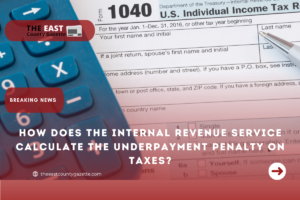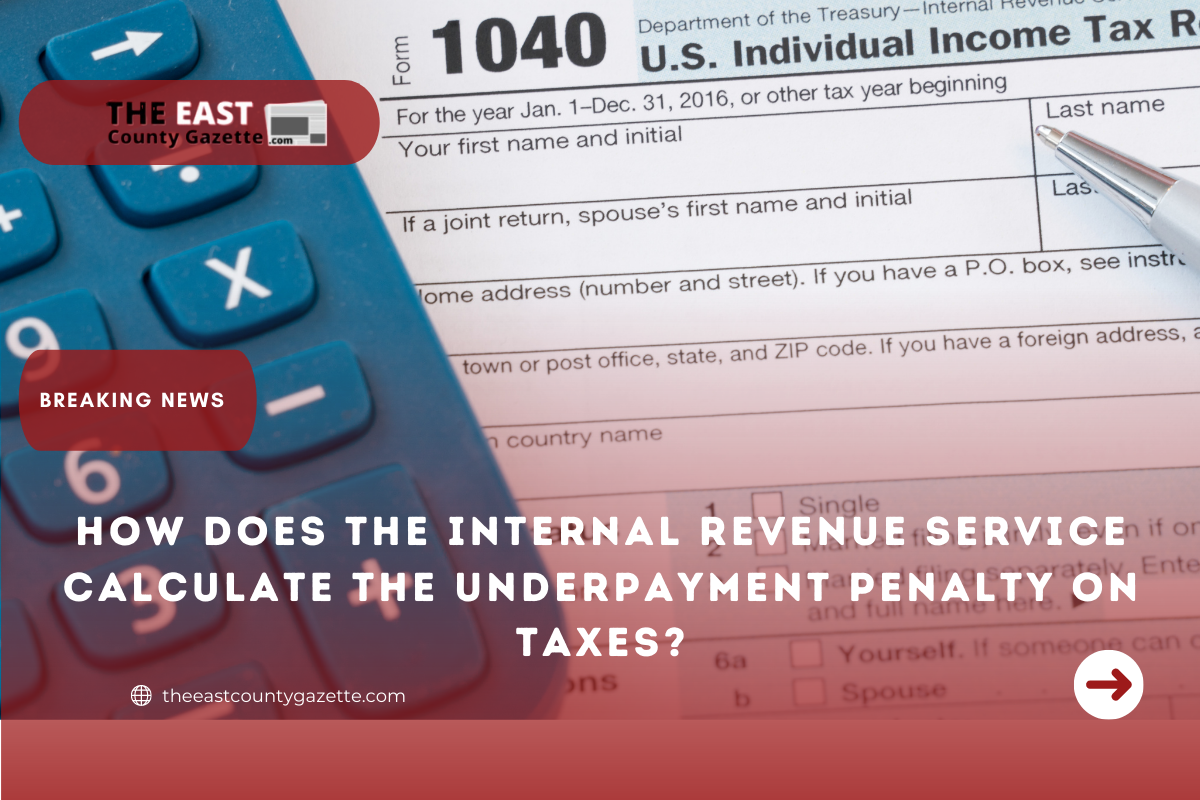The taxation system in the United States is a pay-as-you-go system, which means that people are required to pay income taxes as they receive their earnings throughout the year.
A portion of salaried people’s income is withheld by their employers as tax deductions. Meanwhile, income that isn’t partially withheld (for example, earnings from self-employment or alimony) must be reported and estimated taxes must be paid; if the estimated taxes are underpaid, you may be subject to a penalty.

What is the formula for calculating the underpayment penalty?
The Internal Revenue Service (IRS) will send you a notice if you owe a penalty. The amount of the penalty varies depending on the amount of taxes that have been underpaid, the period during which the taxes have been underpaid, and the interest rate that has been charged on the underpayments.
In addition to penalties, the IRS charges interest. The date from which interest begins to accrue is also subject to change, and the interest rate increases until the balance is completely paid off. Underpayment penalties are typically around 0.5 percent of the underpaid amount, with a maximum of 25 percent applied in most cases.
How to avoid tax penalties for underpayment of taxes
Avoid underpayment penalties by paying at least 90% of the tax due for the current year or 100% of the tax due on the prior year’s return, whichever is less.
If you owe less than $1,000 in tax after subtracting your withholding and refundable credits, you may be exempt from the penalty; however, the rules differ for farmers and fishermen, certain household employers, and certain higher-income taxpayers.
Read More: The Financial Consequences of Choosing the Wrong Financial Institution
Additionally, you should make your estimated tax payments in four equal installments, as the underpayment penalty may be assessed if you make uneven payments throughout the tax year, resulting in a net underpayment for the year.
Individuals, estates, and trusts can use Form 2210, Underpayment of Estimated Tax by Individuals, Estates, and Trusts, to determine if they owe a penalty for failing to pay their estimated tax on time.
How do you go about getting your late payment penalty waived?
The Internal Revenue Service (IRS) may waive the underpayment penalty in certain circumstances. Examples of this are as follows:
- A casualty event, disaster, or other unusual circumstance prevented you from making a required payment, and it would be unfair to impose a penalty on your account.
- You retired after reaching the age of 62 or became disabled during the tax year or the preceding tax year for which you were required to make estimated payments, and the underpayment was due to reasonable cause rather than willful neglect, and you were not penalized for the underpayment.
Objecting to a penalty
If the IRS imposes a penalty after you have relied on incorrect written advice from the agency, you may be able to contest the penalty in some circumstances. The following criteria would be used to determine eligibility:
- The written advice you received from the Internal Revenue Service was in direct response to your written request for advice.
- Because there were no material omissions or misinformation in your written request for advice, the incorrect written advice was not the result of that.
- You reasonably relied on the IRS’s written advice, and you were penalized as a result of relying on the IRS’s written advice.

